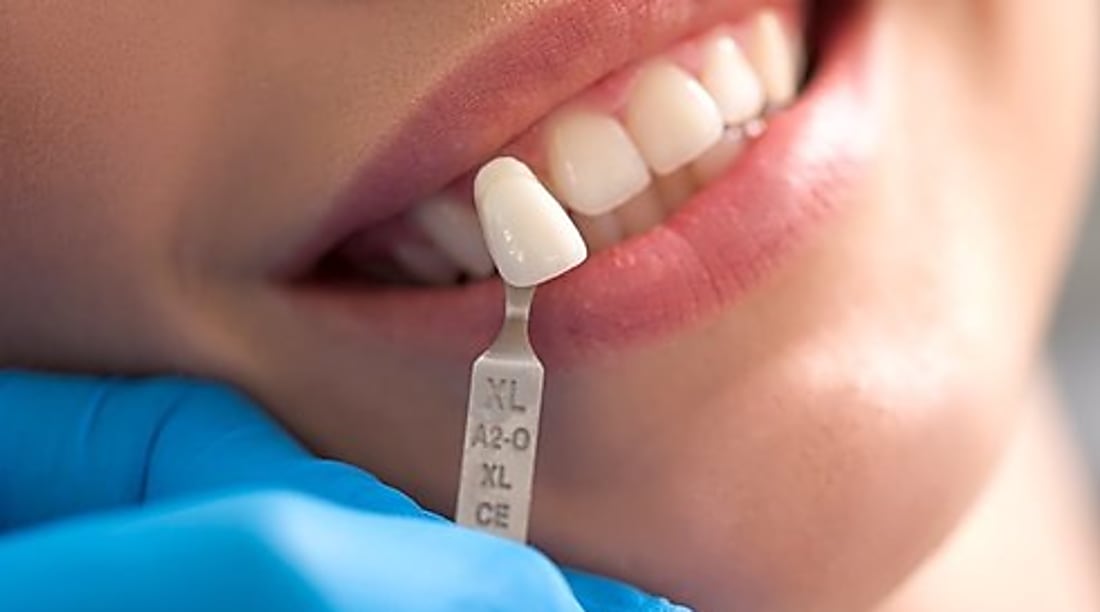Screwless Dental Implants: What They Are and How They Work
Traditional dental implants have long relied on screw-based systems to secure artificial teeth, but modern dentistry has introduced innovative screwless alternatives that offer different approaches to tooth replacement. These advanced systems use various attachment methods and materials to provide stable, long-lasting solutions for patients seeking to restore their smile. Understanding how these screwless options work, their benefits, and what to expect can help you make informed decisions about your dental care needs.

Modern dental technology has revolutionized tooth replacement options, moving beyond traditional screw-based implant systems. Screwless dental implants represent an innovative approach that addresses some limitations of conventional methods while providing effective solutions for missing teeth.
Understanding Screwless Dental Implant Technology
Screwless dental implants utilize alternative attachment mechanisms instead of traditional threaded screws. These systems often employ press-fit connections, cement retention, or specialized locking mechanisms to secure the prosthetic tooth to the implant post. The implant itself is still surgically placed into the jawbone, but the crown attachment method differs significantly from conventional screw-retained systems.
The technology relies on precise engineering to create secure connections without screws. Some systems use tapered connections where the crown is pressed onto the implant abutment, creating a tight seal through friction and geometric design. Others employ cement-based retention, where dental cement permanently bonds the crown to the abutment.
How Modern Screwless Systems Function
The functionality of screwless dental implants centers on creating stable connections through alternative means. Press-fit systems rely on exact dimensional matching between components, ensuring the crown seats properly on the implant post. The tight tolerances create mechanical retention that can withstand normal chewing forces.
Cement-retained screwless systems work by using specialized dental cements to bond the crown permanently to the abutment. This method eliminates the need for access holes that would typically accommodate screws, allowing for better aesthetic outcomes and potentially stronger crown designs.
Some advanced systems incorporate locking mechanisms that engage when the crown is placed, creating secure retention without traditional threading. These mechanisms often feature spring-loaded components or cam-action locks that activate during crown placement.
Benefits and Considerations of Screw-Free Tooth Replacement
Screwless dental implants offer several advantages over traditional screw-retained systems. The absence of screw access holes allows for improved crown aesthetics, particularly in visible areas of the mouth. This design freedom enables dentists to create more natural-looking restorations without compromising structural integrity.
Maintenance requirements may differ from screw-retained implants. While traditional implants allow for crown removal by unscrewing, screwless systems may require crown replacement rather than repair if issues arise. However, the simplified design can reduce mechanical complications associated with loose screws.
The precision required for screwless systems demands careful treatment planning and execution. Proper case selection becomes crucial, as not all clinical situations may be suitable for these alternative retention methods.
| System Type | Provider/Brand | Cost Estimation |
|---|---|---|
| Press-Fit Implants | Straumann Bone Level | $2,500 - $4,000 |
| Cement-Retained | Nobel Biocare | $2,200 - $3,800 |
| Locking Mechanism | Zimmer Biomet | $2,400 - $3,600 |
| Tapered Connection | Dentsply Sirona | $2,300 - $3,700 |
Prices, rates, or cost estimates mentioned in this article are based on the latest available information but may change over time. Independent research is advised before making financial decisions.
Treatment Process and Timeline
The treatment process for screwless dental implants follows similar initial steps to traditional implants. After comprehensive examination and treatment planning, the implant post is surgically placed into the jawbone. The healing period allows for osseointegration, where the bone grows around the implant to create a stable foundation.
Once healing is complete, the screwless crown attachment process begins. Depending on the system used, this may involve taking precise impressions to ensure perfect fit for press-fit systems or preparing the abutment for cement retention. The final crown placement typically requires careful attention to ensure proper seating and retention.
Long-term Outcomes and Success Rates
Research on screwless dental implant systems shows promising results for long-term success. The elimination of screw-related complications, such as screw loosening or fracture, may contribute to improved longevity in some cases. However, the success of any implant system depends heavily on proper case selection, surgical technique, and patient compliance with oral hygiene.
Regular dental check-ups remain essential for monitoring implant health and detecting potential issues early. While screwless systems may reduce certain mechanical complications, they still require ongoing professional care to ensure optimal function and longevity.
Screwless dental implants represent an evolving field in restorative dentistry, offering alternative solutions for patients seeking tooth replacement. Understanding the various systems available and their specific benefits can help patients work with their dental professionals to choose the most appropriate treatment option for their individual needs and circumstances.



